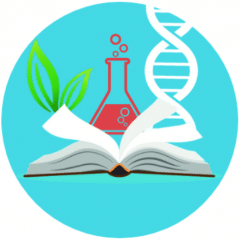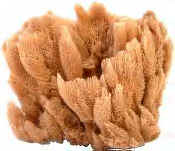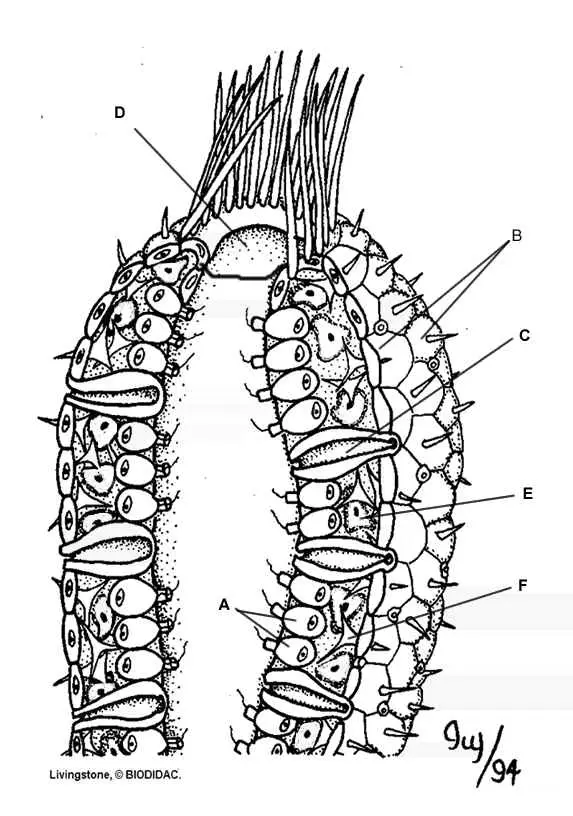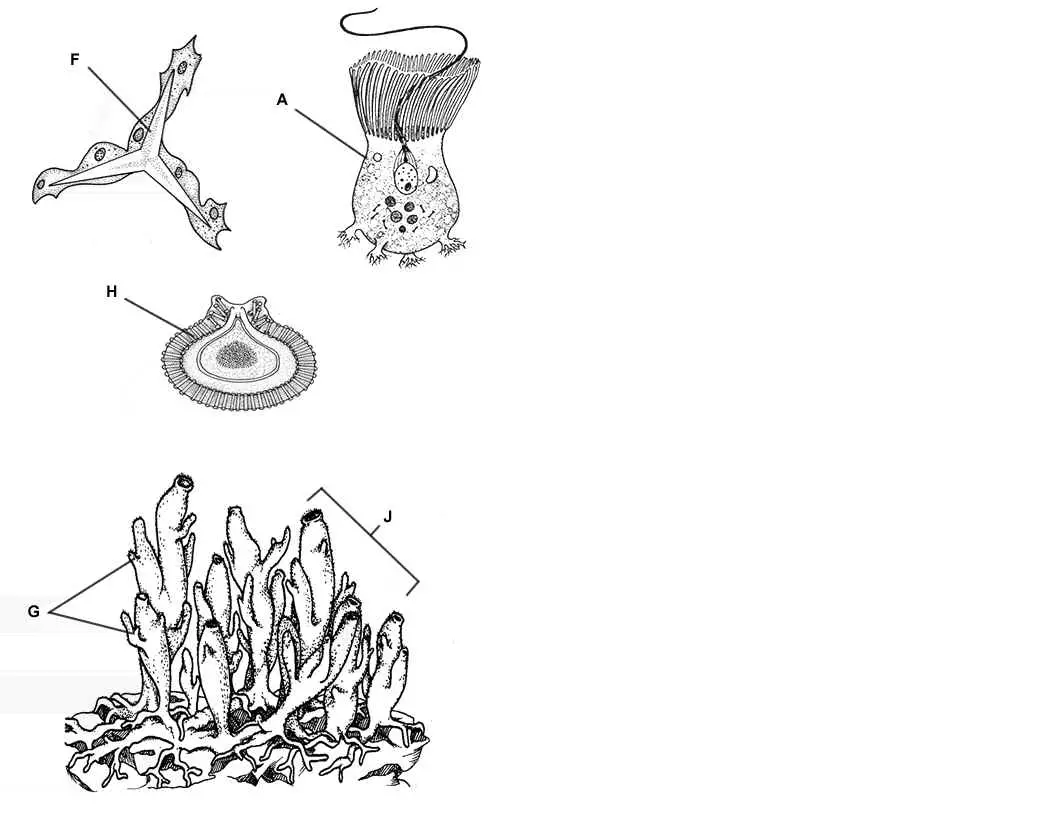2. Pseudohypertropic muscular dystrophy is a disorder that causes gradual deterioration of the muscles. It is seen only in boys born to apparently normal parents and usually results in death in the early teens. (a) Is pseudohypertrophic muscular dystrophy caused by a dominant or recessive allele? (b) Is its inheritance sex-linked or autosomal? (c) How do you know? Explain why this disorder is always seen in boys and never girls.
3. Red-green color blindness is caused by a sex-linked recessive allele. A color-blind man marries a woman with normal vision whose father was color-blind. (a) What is the probability that they will have a color-blind daughter? (b) What is the probability that their first son will be color-blind? (Note: the two questions are worded a bit differently.)
4. A wild-type fruit fly (heterozygous for gray body color and normal wings was mated with a black fly with vestigial wings. The offspring had the following phenotypic distribution: wild type, 778; black-vestigial, 785; black-normal, 158; gray-vestigial, 162. What is the recombination frequency between these genes for body color and wing type.
5. In another cross, a wild-type fruit fly (heterozygous for gray body color and red eyes) was mated with a black fruit fly with purple eyes. The offspring were as follows: wild-type, 721; black-purple, 751; gray-purple, 49; black-red, 45. (a) What is the recombination frequency between these genes for body color and eye color? (b) Following up on this problem and problem 4, what fruit flies (genotypes and phenotypes) would you mate to determine the sequence of the body color, wing shape, and eye color genes on the chromosomes?
6. A space probe discovers a planet inhabited by creatures who reproduce with the same hereditary patterns as those in humans. Three phenotypic characters are height (T = tall, t = dwarf), hearing appendages (A = antennae, a = no antennae), and nose morphology (S = upturned snout, s = downturned snout). Since the creatures were not “intelligent” Earth scientists were able to do some controlled breeding experiments, using various heterozygotes in testcrosses. For a tall heterozygote with antennae, the offspring were tall-antennae, 46; dwarf-antennae 7; dwarf-no antennae 42; tall-no antennae 5. For a heterozygote with antennae and an upturned snout, the offspring were antennae-upturned snout 47; antennae-downturned snout, 2; no antennae-downturned snout, 48: no antennae-upturned snout 3. Calculate the recombination frequencies for both experiments.
7. Using the information from problem 6, a further testcross was done using a heterozygote for height and nose morphology. The offspring were tall-upturned nose, 40; dwarf-upturned nose, 9; dwarf-downturned nose, 42; tall-downturned nose, 9. Calculate the recombination frequency from these data; then use your answer from problem 6 to determine the correct sequence of the three linked genes.
8. Imagine that a geneticist has identified two disorders that appear to be caused by the same chromosomal defect and are affected by genomic imprinting: blindness and numbness of the limbs. A blind woman (whose mother suffered from numbness) has four children, two of whom, a son and daughter, have inherited the chromosomal defect. If this defect works like Prader-Willi and Angelman syndromes, what disorders do this son and daughter display? What disorders would be seen in their sons and daughters?
9. What pattern of inheritance would lead a geneticist to suspect that an inherited disorder of cell metabolism is due to a defective mitochondrial gene?
10. An aneuploid person is obviously female, but her cells have two Barr bodies. what is the probable complement of sex chromosomes in this individual?
11. Determine the sequence of genes along a chromosome based on the following recombination frequencies: A-B, 8 map units; A-C, 28 map units; A-D, 25 map units; B-C , 20 map units; B-D, 33 map units.
12. About 5% of individuals with Downs syndrome are the result of chromosomal translocation. In most of these cases, one copy of chromosome 21 becomes attached to chromosome 14. How does this translocation lead to children with Down syndrome?
13. Assume genes A and B are linked and are 50 map units apart. An individual heterozygous at both loci is crossed with an individual who is homozygous recessive at both loci. (a) What percentage of the offspring will show phenotypes resulting from crossovers? (b) If you did not know genes A and B were linked, how would you interpret the results of this cross?
14. In Drosophila, the gene for white eyes and the gene that produces “hairy” wings have both been mapped to the same chromosome and have a crossover frequency of 1.5%. A geneticist doing some crosses involving these two mutant characteristics noticed that in a particular stock of flies, these two genes assorted independently; that is they behaved as though they were on different chromosomes. What explanation can you offer for this observation?

 Sponges – A Coloring Worksheet
Sponges – A Coloring Worksheet



